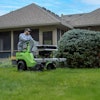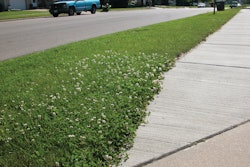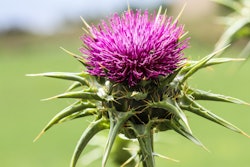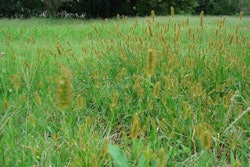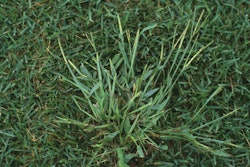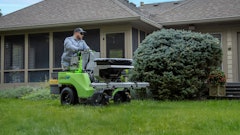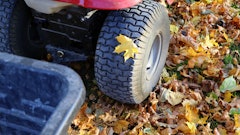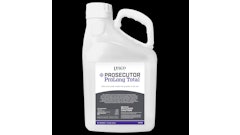
One of the many technical sessions at the 2014 Lawn Care Summit, Predicting & Diagnosing Turf Problems, was presented by John Sorochan, Ph.D., University of Tennessee. Here we offer highlights of Sorochan's discussion on how different types of weeds can help you diagnose lawn care problems.
"Weeds are the result of bad turf, they are not the cause of bad turf," Sorochan reminds. If you're seeing weed outbreaks in a lawn, you should first take a look at each of the cultural practices outlined above to try and determine where you might be going wrong. Beyond that, look for some other warning signs to get on the diagnostic fast track.
For instance, compacted soils and thinning turf are more susceptible to weeds such as crabgrass, goosegrass, Virginia buttonweed and common purslane. Moist, clayey soils are especially prone to compaction. Compacted soils often only absorb about 1/10th of an inch of water per hour.
Turf that is low on nitrogen is an important area for you to focus on. Indicator weeds include white clover and black medic. Conduct an occasional soil test and also a tissue test to determine the needs of that property.
Poorly drained soils will often sprout nutsedges, annual bluegrass and/or algae. If you're seeing persistent outbreaks, investigate installing some kind of subsurface drainage system in the area.
Heavily shaded areas often contain moss, wild violet, nimblewill and/or heal-all.
Indicator weeds in acidic soil (pH of 5 or 5.5) include ground ivy, sheep sorrel and common cinquefoil. "Turf grows best when pH is 6 or 7," Sorochan points out. Conversely, basic soils with slight alkalinity (pH of 7.5 or 8) are often riddled with common plantain, a broadleaf weed with oval-shaped leaves 5–20 cm long.

